
By Anne Scheck
Trammart News Service, February 7, 2025
Some families in Independence are worried a recent presidential executive order may mean an immigration crackdown is on its way, but their concerns are based in fear not in fact – so far.
“I care so much about my family, and I don’t want them to get caught up in this,” said one resident, who explained that she and her relatives are legal citizens but afraid of the threat anyway.
The raids largely have been confined to major metropolitan areas. A federal statement describing the directive to expand immigration enforcement said a main aim is to "catch criminal aliens."
Still, the concept of agents from US Immigration and Customs Enforcement (ICE) has had a chilling effect. It was addressed at a Central District School Board meeting Monday night, in a video posted on the city’s Facebook page this week and at a county commission meeting Tuesday morning.
“We know that not all of our students, families and staff are feeling safe and welcomed,” said CSD Communications Coordinator Emily Mentzer, quoting from a statement read by Superintendent Jennifer Kubista at the school board meeting this week.
When police cars and sheriff’s vehicles – with lights flashing – were spotted at C and 2nd streets on Wednesday, several in the area wondered if it involved ICE. Though the incident is under investigation, preventing information about it to be shared, it had nothing to do with ICE – local law enforcement doesn’t participate in ICE operations. (The exception is a judge’s warrant, which is rare, according to law enforcement officials.)
At the Polk County Board of Commissioners Tuesday, Sheriff Mark Garton stressed that its’s a violation of Oregon law for sheriff's deputies to ask about immigration status in the course of any interaction with the public – they make no such inquiry during traffic stops or any other encounter involving a possible violation. In enforcing immigration law, “we are legally barred from assisting, coordinating or helping in any way,” he said.
The same rule applies whether it is the FBI, the Secret Service or any other federal agency, not just ICE, he pointed out. “Oregon law prohibits local police from helping to enforce federal immigration laws without an order signed by a judge,” affirmed Independence Police Chief Tino Banuelos on a recent informational video for residents.
As a result of the presidential executive order, the Department of Homeland Security announced it had ended a policy that restrained ICE agents’ ability to apprehend undocumented people at churches, schools or hospitals. At the CSD school district, the decision has been made that, if an immigration official arrives at any of the buildings, the superintendent and executive director of human resources are prepared to take the lead in working with those officials.
Oregon has been a “sanctuary state” since 1987. It was the first state to enact a statewide law that forbids state and local police from helping federal authorities in immigration enforcement, and the law has been broadened several times, according to state archives.
Four years ago, the Sanctuary Promise Act was passed in Oregon to increase protections for immigrant communities.
For immediate assistance on the matter, the Oregon Department of Justice established a “Sanctuary hotline,” which can be reached at these numbers: 844-924-7829 and, for exclusive Spanish speakers, 844-626-7276. In addition, the Portland Immigrant Rights Coalition can be contacted at: 888-622-1510.
The Oregon American Civil Liberties Union has issued recommendations in the event of contact with ICE. The ACLU advises not opening the door to anyone who identifies as an ICE official; Asking to see a warrant and documenting the encounter are appropriate actions to take.
Meanwhile, a new proposed law, SB 703, is being discussed in the current Oregon legislative session. It would help fund nonprofits to assist immigrants in securing legal status, if passed. ▪

By Anne Scheck
Trammart News Service, February 7, 2025
This coming week, a special group of go-getters will get together – with police.
It's called the "Southeast Indy Oregon Neighbors on Watch," and it's a Facebook group. Members will be holding their first meeting with the Independence Police Department this week. However, the group has been up and running for several months.
It began with only a few people who organized a meal train for a neighbor in need of help. "It just grew from there organically," said Isabel Beard, the group’s founder and co-administrator with Jennifer Bell.
The Facebook page features a scene from the TV series "The Office," in which the character Dwight Schrute, the over-vigilant employee of the fictional paper company Dunder Mifflin, peeks through his window blinds to monitor co-workers.
The Facebook group now has more than 230 members and includes the area east of Talmadge Street and South of Monmouth Street, which is mostly houses.
It began after residents noticed two activities happening in this neighborhood that worried them: repeated "tagging" by graffiti painters and speeding along 7th Street.
There were multiple complaints to the police, but the problems persisted. Calling and reporting such occurrences as they happened was recommended, so "this seemed to fall back on neighbors," observed Beard. Thus, was born the Southeast Indy Oregon Neighbors on Watch."
Beard, who with her spouse, Nathan, has lived in Independence for decades, said traffic has understandably gotten worse as the city has grown. But so has the driving, she pointed out. From teens who use 6th and 7th streets as a mini-drag road to Salem and Corvallis commuters in a hurry, there are "full-throttle engines" on those two streets, some of the time, she said.
All neighborhood watch groups share a similar idea – that bringing community members together to re-establish control of their own neighborhoods “promotes an increased quality of life and reduces the crime rate in that area,” according to National Neighborhood Watch, a federal organization that’s part of the National Sheriff’s Association.
But effectiveness varies. Research at Georgia State University has shown that the success of online neighborhood networks, as they are formally called, appears linked to two characteristics: the degree of “social cohesion” from this online connectedness with neighbors along with the residents’ confidence of increased security that results from it.
How are good outcomes assured? An association with law enforcement seems to be one important way – participants perceive a potential for intervention when problems arise. In contrast, the Nextdoor App – which also has been shown to foster a sense of community – can be a place where incivilities, offensive comments, are exchanged, according to one finding.
Initially, the concept for the Facebook group was simply to keep neighbors informed about day-to-day occurrences that could affect them, like solicitors in the area. But it evolved into a true neighborhood watch group – online indications of what was happening in real time. One benefit has been surveillance footage to deter thefts and vandalism, Beard said. Photos can be posted. This has proven to be an effective deterrent, Beard said. ▪
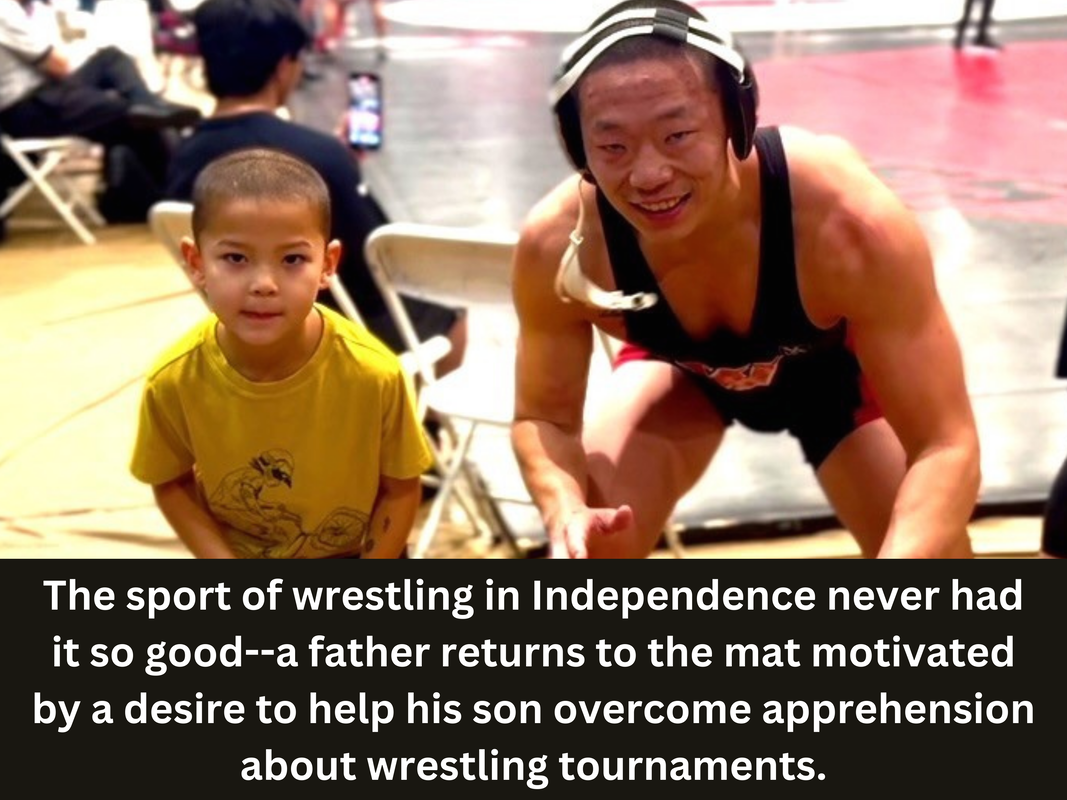
By Lance Masterson
For Trammart News Service, February 7, 2025
Almost 15 years have passed since Luke DiLorenzo wrestled a competitive match. But that lapse ended when he participated at an open tournament at Linfield University.
What doesn’t matter about this event is that DiLorenzo lost two matches against college-level grapplers, including one undefeated on the season. Or that he unknowingly was battling a severe allergic reaction to an antibiotic at the time, or that he suffered a shoulder injury there.
“So, that’s an interesting side note that I always say because I lost both my matches in that tournament, I have to use some kind of excuse,” he said with a smile.
No, what matters is that Luke’s coach at Linfield was Vincent, his 5-year-old son, and a first-year wrestler with Panther Kids Wrestling (PKW).
“Like, I said ankle pick, and, like, half, and … I don’t know what else actually,” Vincent said when asked what advice he gave his father.
Vincent wasn’t sure if his directives were followed.
“Yeah,” he said initially. But then turned to his father, “Right? Right?”
“I tried to,” Luke replied.
Vincent was more certain when it came to assessing his dad’s performances.
“The first one. He was bad. The second one, that was kind of good,” the youngster said of the matches.
Even before putting on his singlet, Luke – a three-time state placer for Dayton High School – knew he was outside his comfort zone. First, the competition was talented. Second, he was just a few practices into his comeback. Third, and most important, this was a chance to lead by example.
You see, Vincent wrestled with his father, with his friends, with teammates. He also had a favorite move.
“I feel like doing the double takedown,” he said.
But after an injury, Vincent decided no more wrestling tournaments.
“He’s had a hard time getting back out there,” Luke said of his son. “He loved to go to practice and mess around with people that he knew. But when it came to a new person at a tournament, he got a little of what they call mat fright.”
Finding a solution proved elusive.
“I was going through everything to try to figure out what I could do to help Vincent get over that fear,” he explained.
Then Luke learned Linfield was hosting an open. He entered because he wanted to experience for himself what it was like to wrestle again. And he wanted his son to see him on the mat.
“I’ve been disassociated with what it feels like.… So, it’s hard for me to understand what (Vincent) felt,” Luke said. “It’s easy for me to say get out there and wrestle when, you know, I haven’t gone out there and wrestled in more than a decade. I thought it would be helpful to meet him where he’s at.”
The two connected at the crossroads.
“It definitely sparked Vincent’s drive, his ambition to be back out there,” Luke said. “So that got him a little motivated.”
Now Vincent wants to see his father wrestle again.
“He’s asking me when I’m doing my next one,” Luke said.
The experience not only reminded Luke of his sporting roots, but also of his love for competition. It helps that he prefers flying solo.
“Wrestling is unique. It’s just you and the other guy. You show up for yourself,” he explained. “I didn’t really empathize with Vincent at first, not until I went out and did a tournament for the first time in years. Knowing how I felt, and then I see him, it helps me come down to where he’s at…. For him, being five years old, it can be nerve racking. I know how he feels.”
Vincent began wrestling at a younger age than Luke did, who was 10 when he started. He thinks an earlier introduction to the sport is an advantage.
“Wrestling is one of those sports where the longer time you have in, the better sense you get, and the farther you usually go. It’s really a time-in type of sport,” Luke said. “Even (in fifth grade) I noticed that kids with more years behind them often held the advantage on the mat.”
Vidal Pena, PKW head coach, began recruiting Luke for a coaching position several years ago. But Luke didn’t accept Pena’s offer until Vincent was old enough to compete. Now that that time is here, Luke is giving back to the sport he loves.
“It’s nice to just be involved with the kids,” he said. “Wrestling was really important to me. And so being able to, while also seeing my son grow into it,” is very rewarding.
The youth wrestling season ended this month for Vincent and most of his fellow Panther Kids wrestlers. ▪

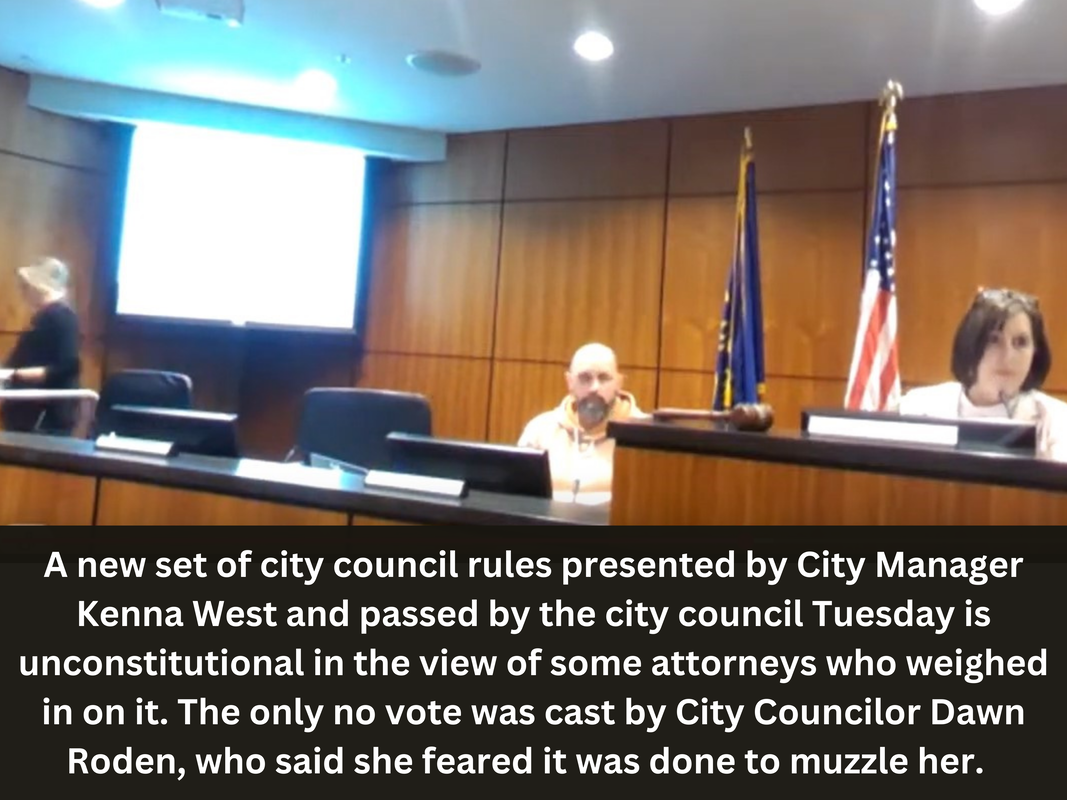
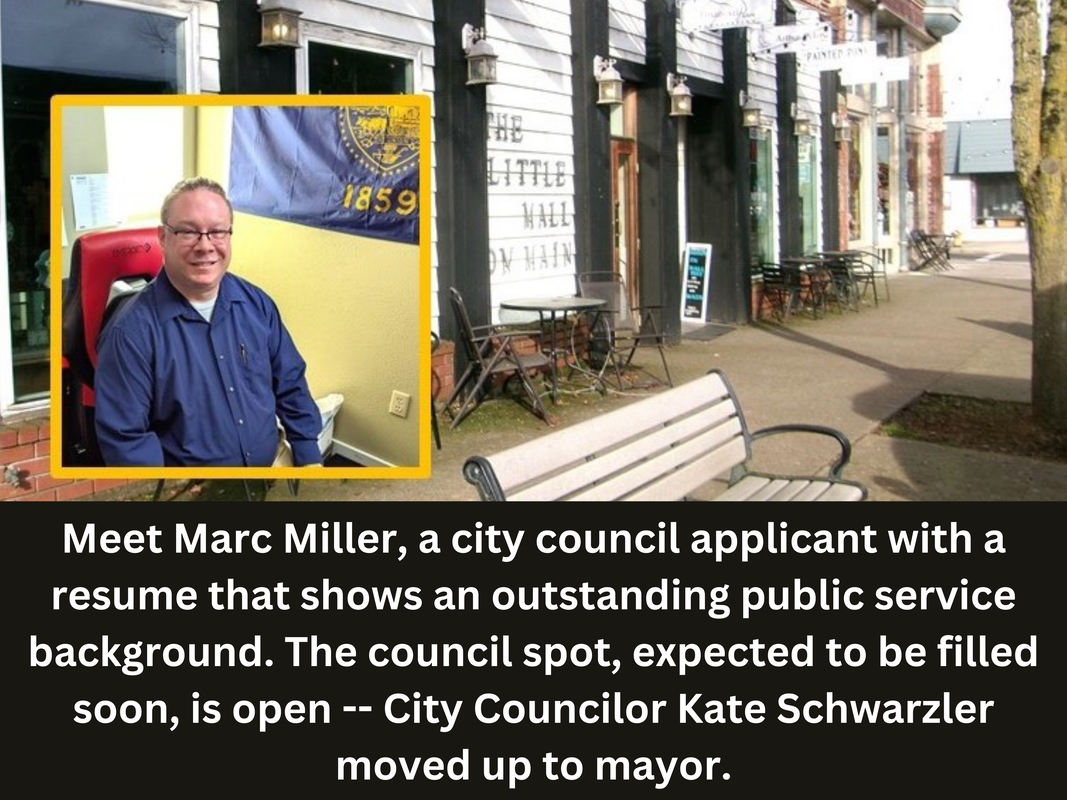
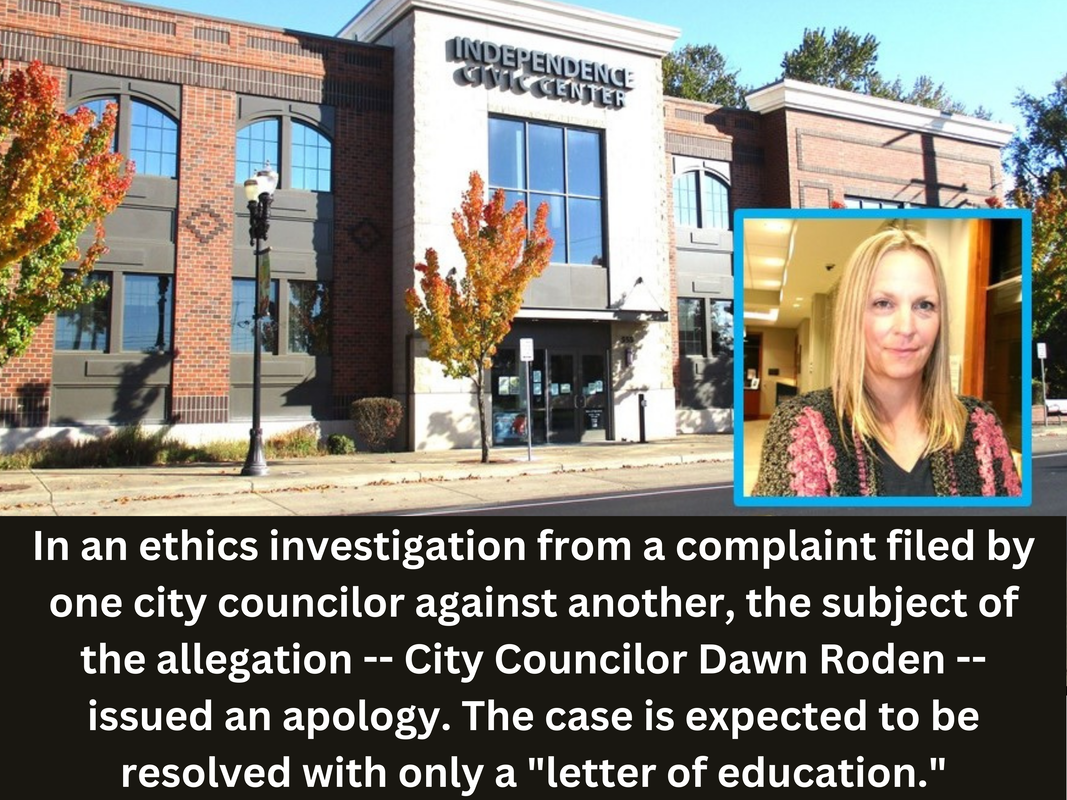





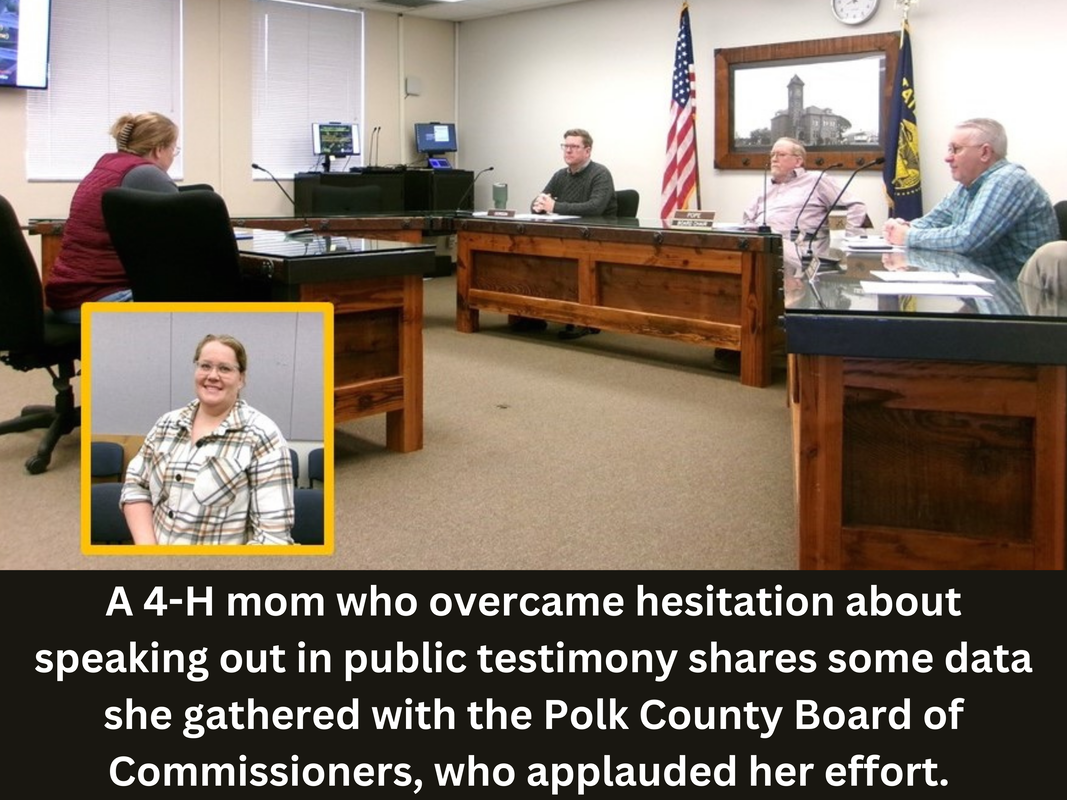



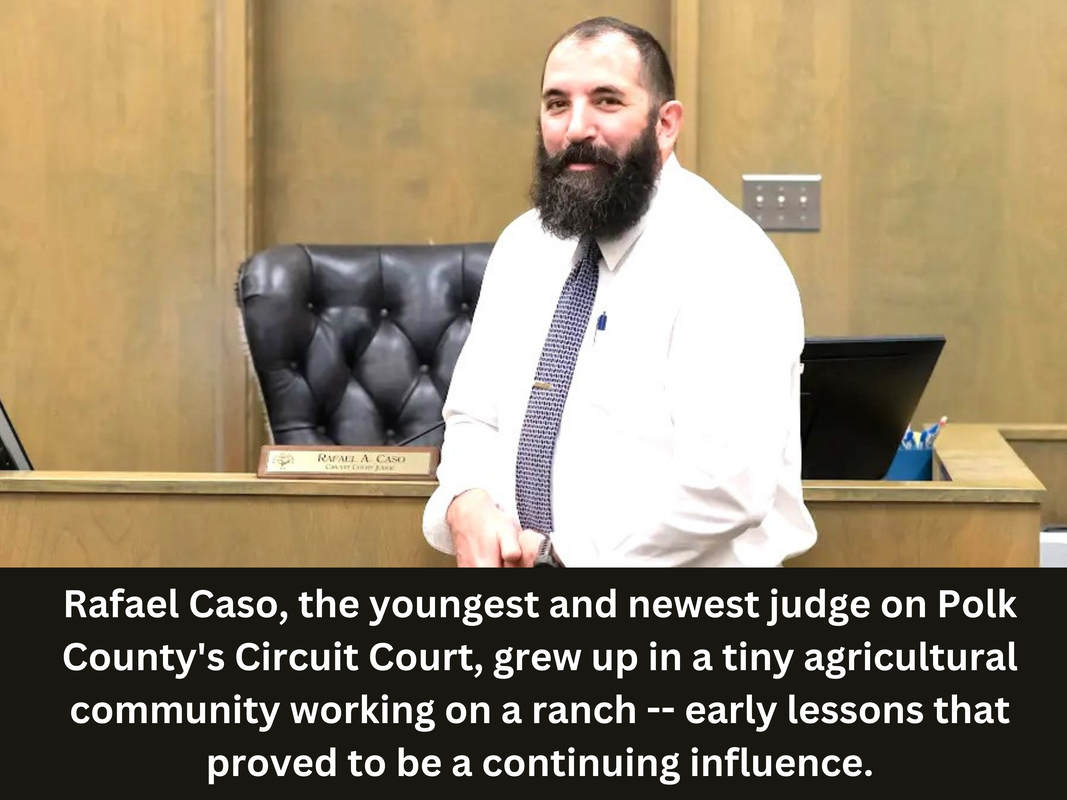

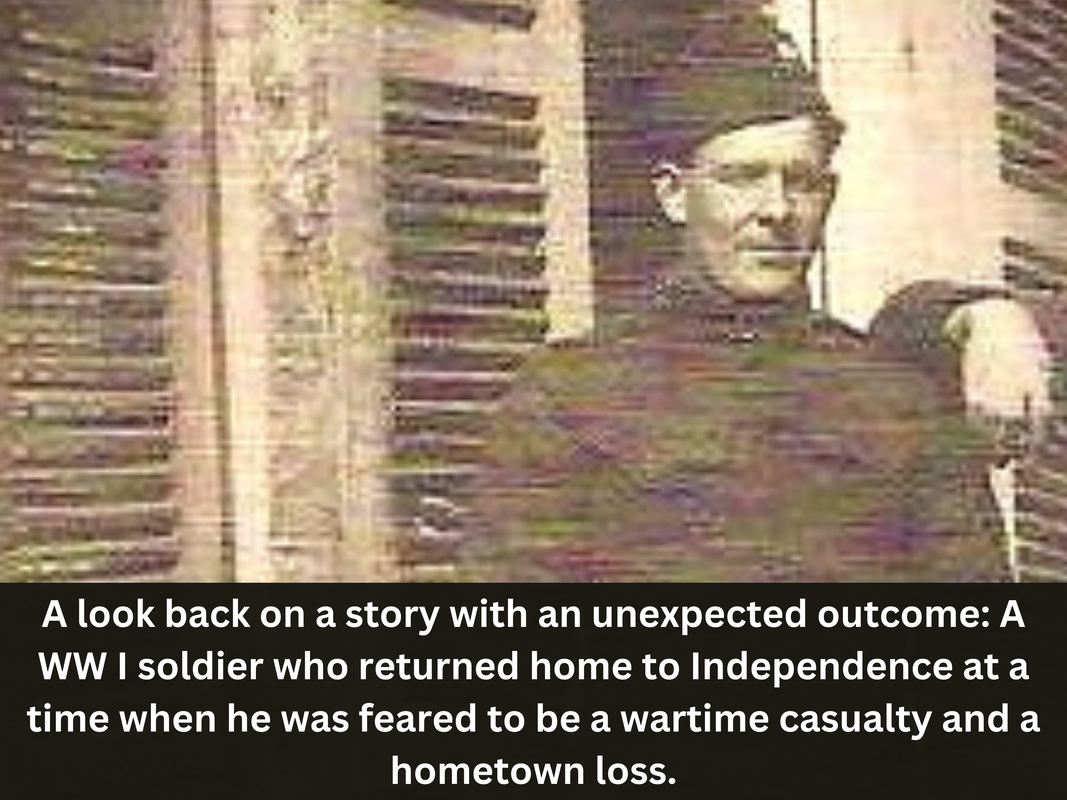
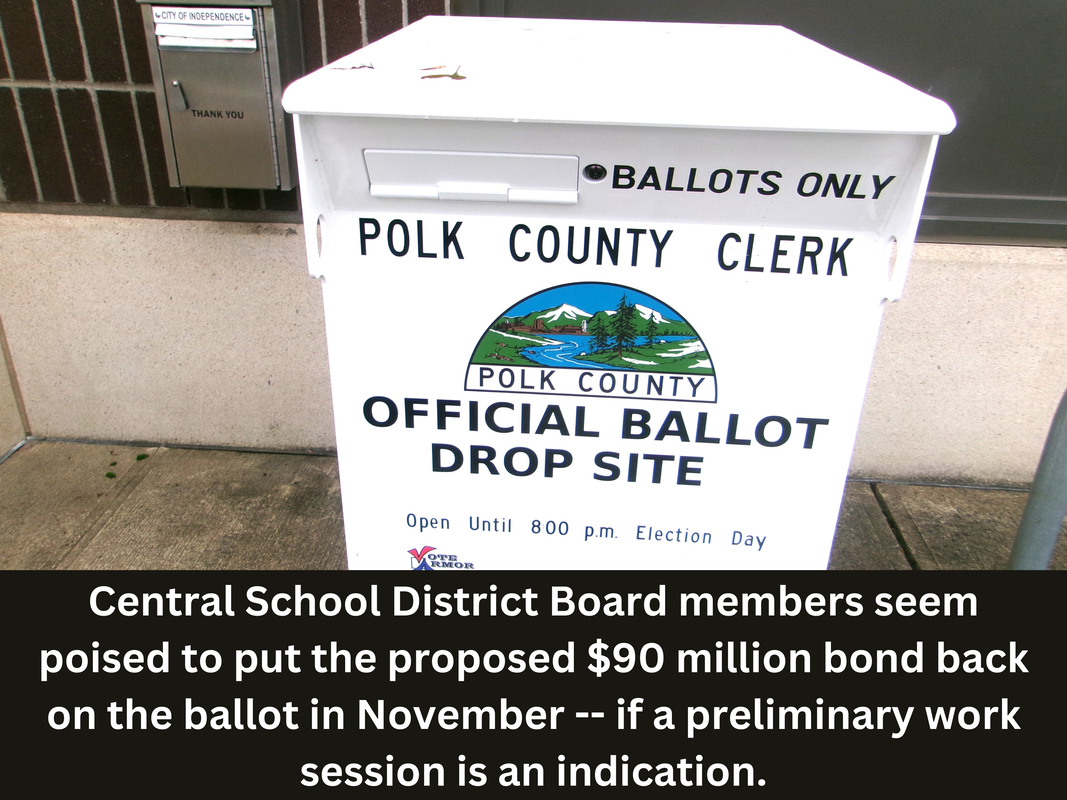


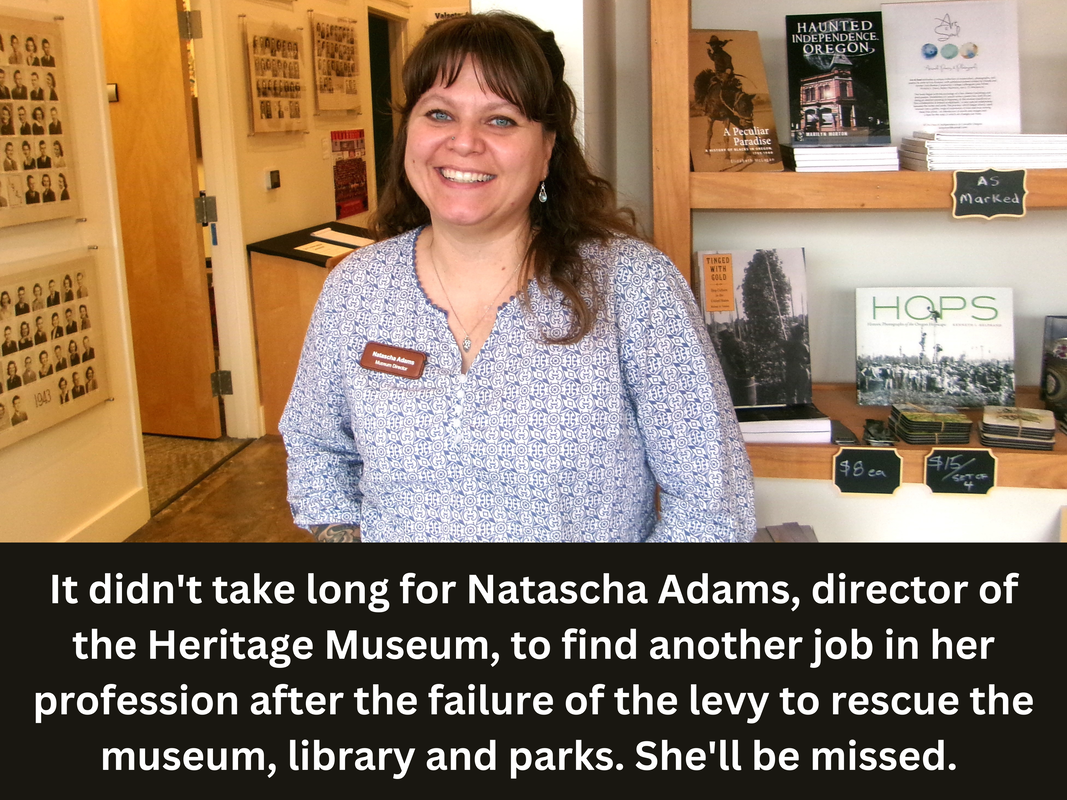
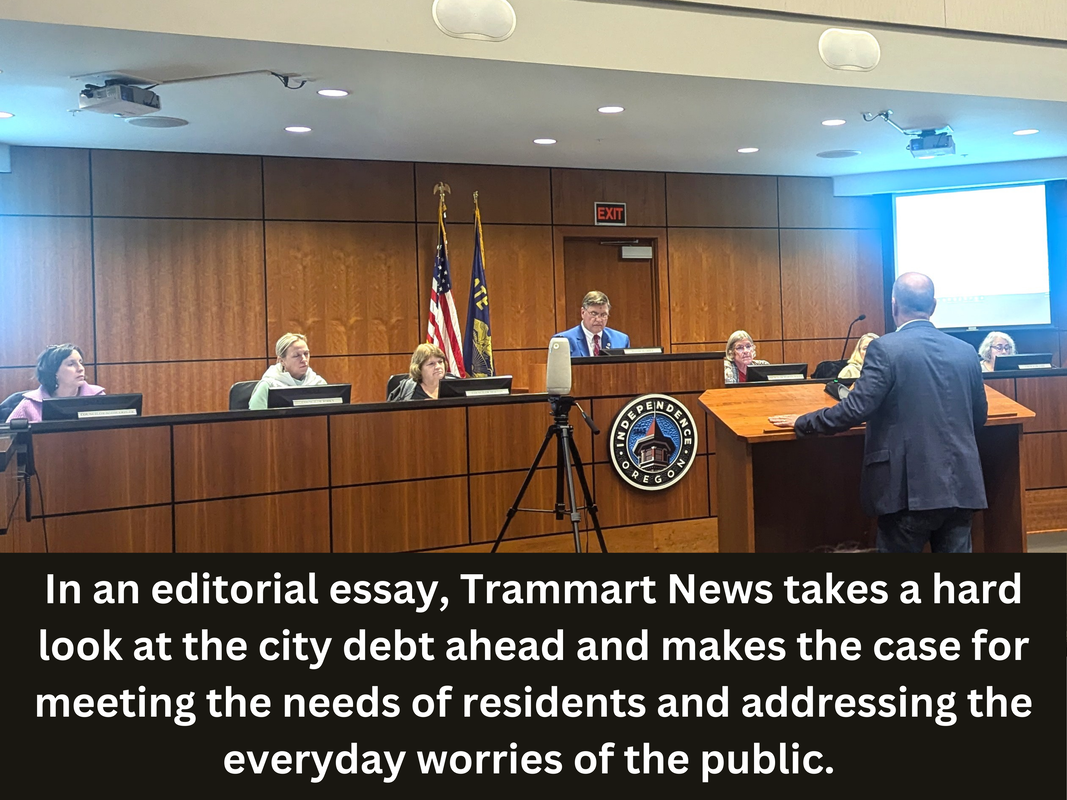




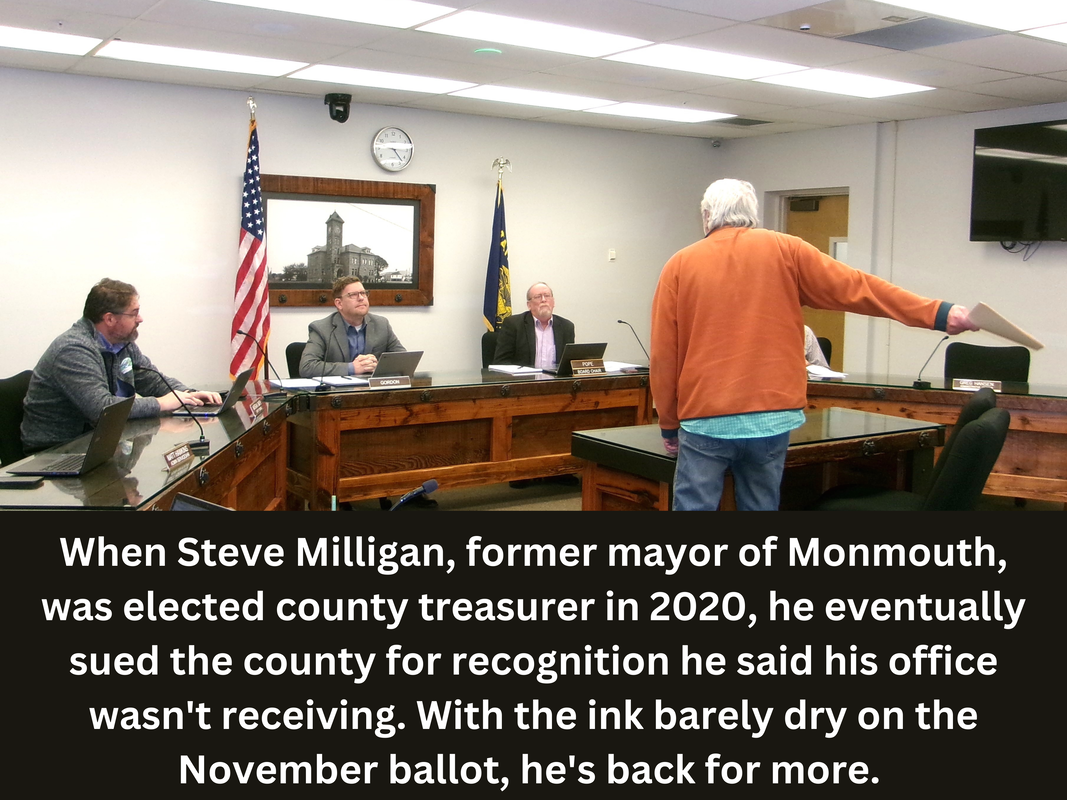
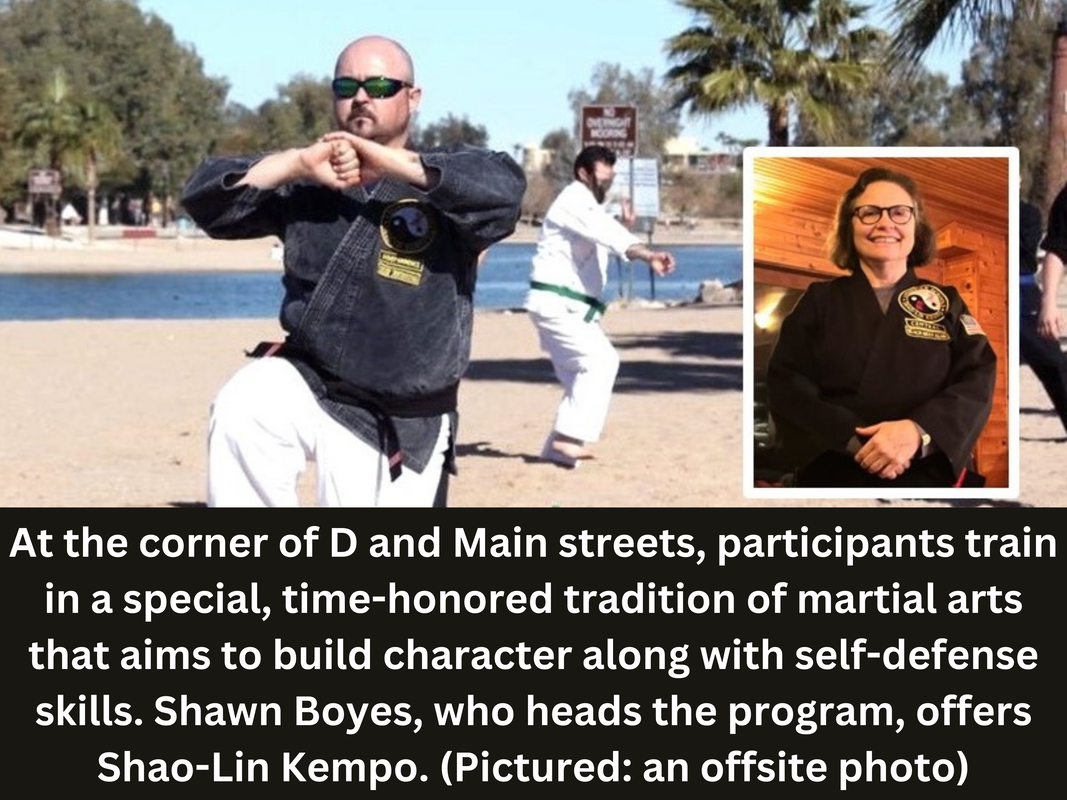
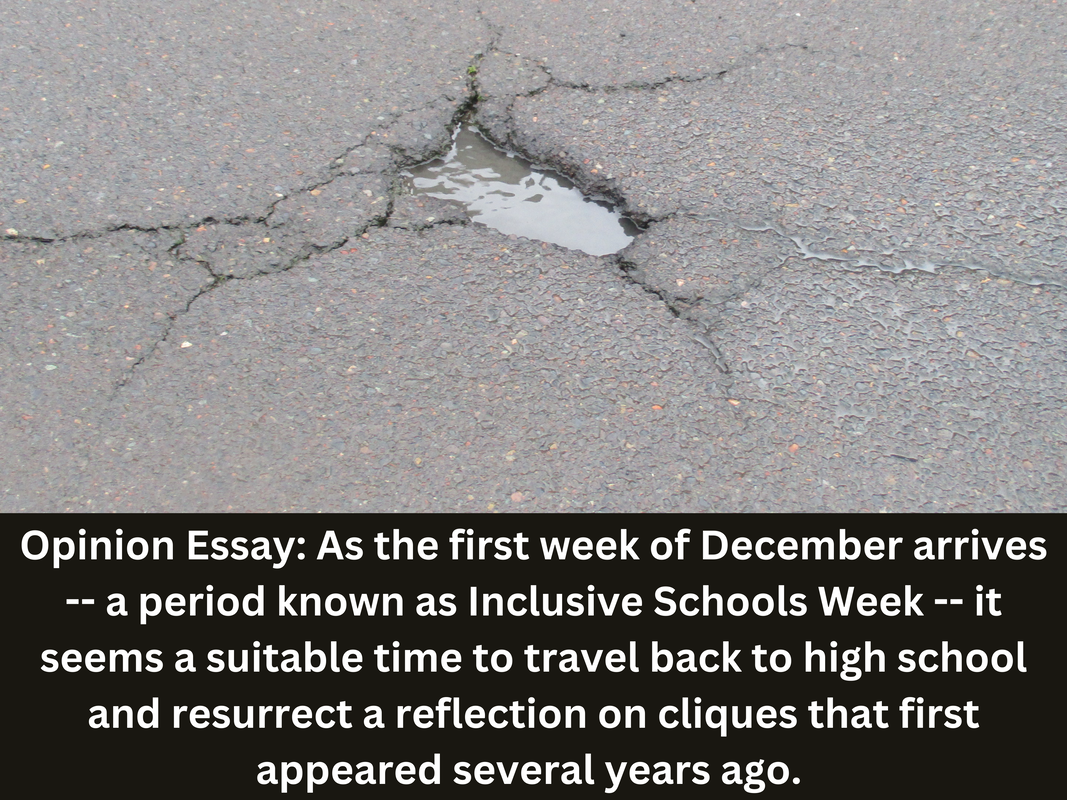
 RSS Feed
RSS Feed